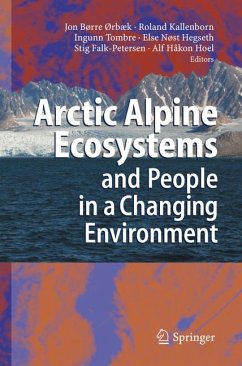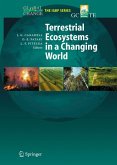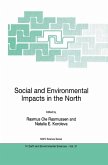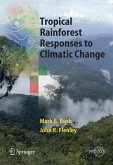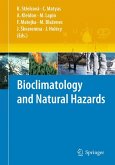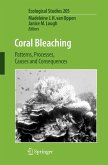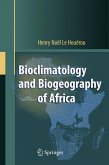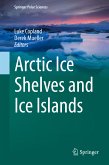Dieser Download kann aus rechtlichen Gründen nur mit Rechnungsadresse in A, B, BG, CY, CZ, D, DK, EW, E, FIN, F, GR, HR, H, IRL, I, LT, L, LR, M, NL, PL, P, R, S, SLO, SK ausgeliefert werden.
"This book of 21 chapters by 46 authors consists of papers presented at the international conference on the topic of the title, organized in Tromsø, Norway in 2003. ... Overall, the book is especially useful for scholars of the interaction between ecosystems in the northern part of the world in this case mainly European, and the humans affected by climate changes over which they have no control, but to which they must adapt." (The Polar Times, Vol. 3 (12), 2007)
"This 21-chapter edited volume is a synthesis of papers presented at an international conference on 'Arctic Alpine Ecosystems and People in a Changing Environment,' held in Norway in early 2003. ... The material covered is strongly multidisciplinary in nature, while some of the individual chapters provide authoritative and accessible reviews or treatments of their subject matter, making the volume a valuable literature resource." (Pete Convey, Polar Record, Vol. 44(4), 2008)
"This 434-page, multi-author volume touches upon alpine data for, at most, 20 pages. By referring to 'environment' the authors primarily mean climate and pollutants. ... Those topics addressed in the book read well, mostly go into great depth, and are nicely supported by diagrams, some of which are in color. ... All in all, this book ... should be on the bookshelves at all Arctic Circle research institutions, particularly those that focus on aquatic life." (Christian Körner, EOS, Vol. 88 (16), April, 2007)

